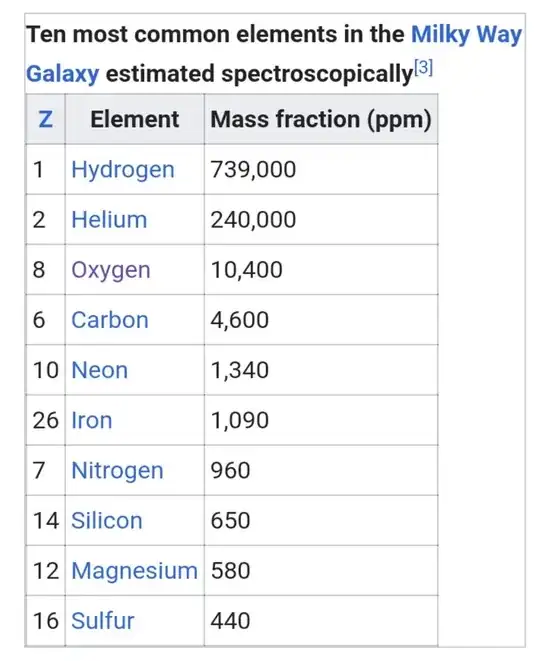Hmm.
Let's posit a few supply chains:
Thermal heat is easy: Mirrors to concentrate sunlight.
Cooling is a challenge. You can create coolth with refrigerators dumping the heat via radiators open to deep space.
Material movement is cheap like borscht if you are willing to wait. Minimum energy transfer orbits. Linear motors become mass drivers hurling a standard weight package anywhere in the solar system. You have to balance their use. Momentum is still conserved. But a mass driver in orbit around the moon can alternate a batch of parcels in opposite sides of it's orbit and nearly cancel out the effects, stealing momentum from the moon itself.
Metal: You mine asteroids. The metallic ones are mostly iron and nickel, with traces of stuff like gold, iridium, platinum.... You melt them with very large solar mirrors. Have to invent processes for dealing with molten metals in zero gee.
Plastic: You use gas giants as a source for hydrogen, Titan as a source of methane. You collect the gas with ram scoops dipping into the upper atmosphere.
Methane => ethylene ($C_2H_4$) monomer which can be linked to form polyethylene.
Methane can be used as a feed stock for the entire hydrocarbon industry.
Silicates: Stony meteors, and the crust of most moons have a huge component of silicon dioxide. This is probably the base source for most of the oxygen your people will use, $SiO_2 +CH_4 + energy => H_2O + O_2 + Si$
But silicon dioxide is basically sand, and can be made into high temperature glass by itself or a lower melting point glass with the addition of calcium carbonate. Check the composition of 'stony meteorite' to see what you have to work with.
So the overall answer is "Neither"
Since it's abundant, and high temperature is a matter of making big mirrors, I expect he cheapest material to make will be glass.
Glass fiber + polyester resin = fiberglass -- principle structural material.
Molten glass + foaming agent => foamed glass, cellular glass. This can be made in various densities from heavy styrofoam to the density of glass. As such it would be an excellent insulator, and would be the most common way to make non-structural building components.
Tempered glass makes containers, windows, pipe, utilitarian objects -- most of the things you use plastics for now.
